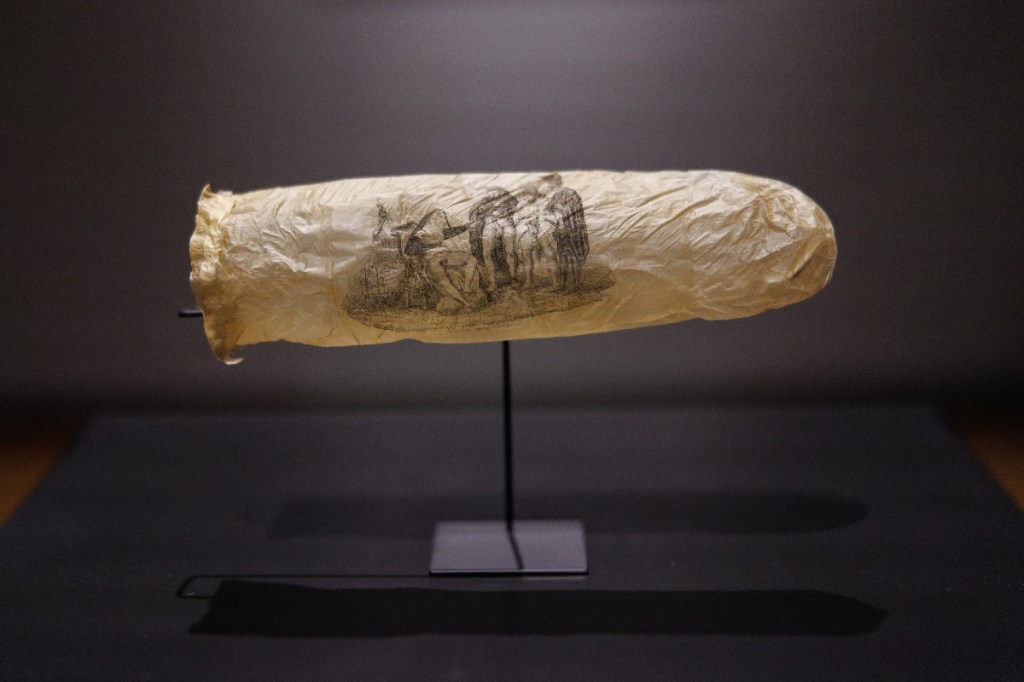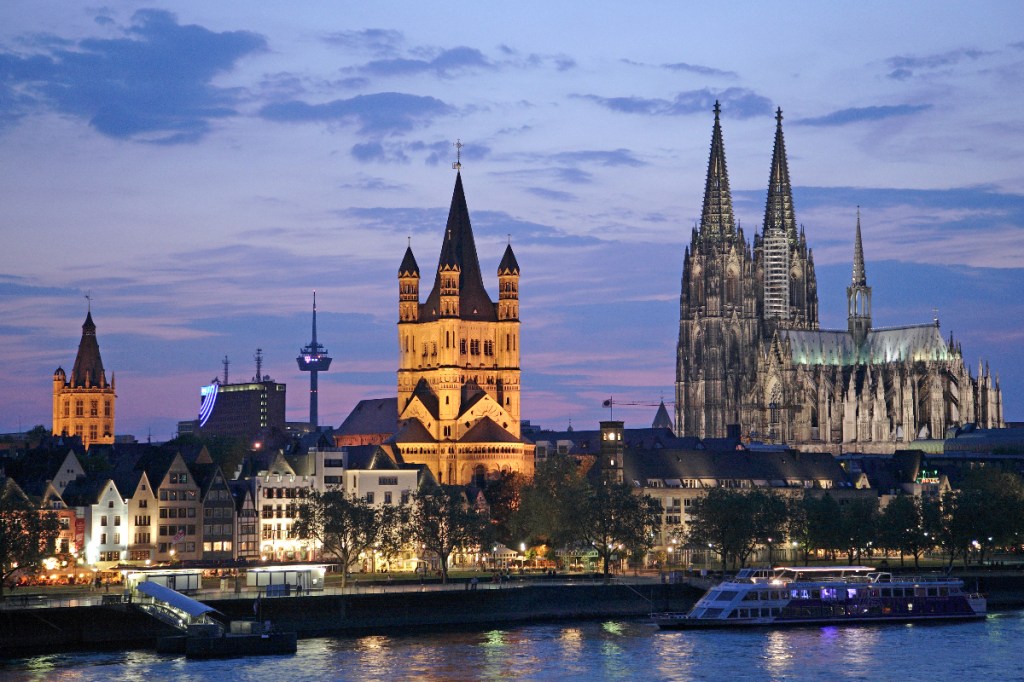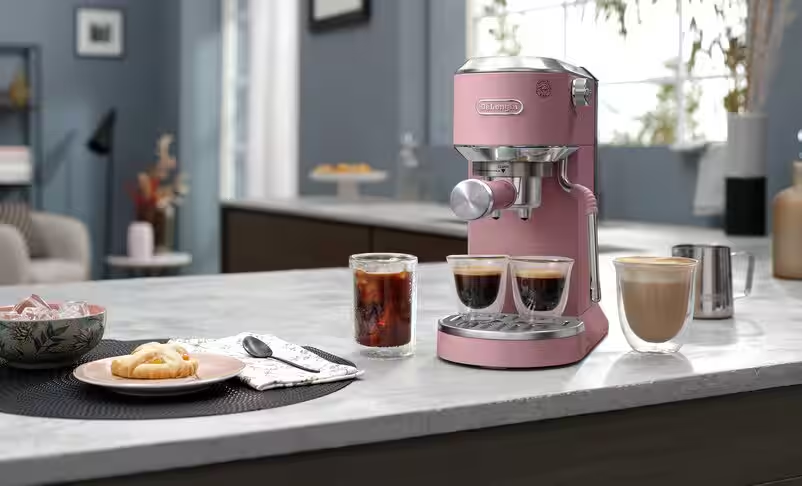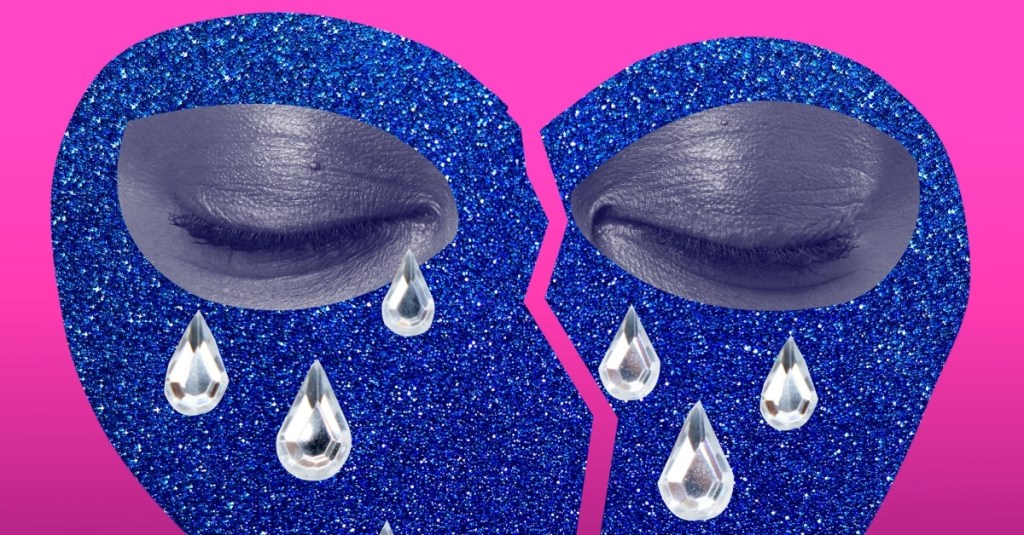Jimi Manuwa’s rise to MMA prominence is unparalleled in the modern era of the sport.
With no combat sports experience beforehand, the British brawler only started MMA training in 2007 at the tender age of 27, following on from a weight lifting injury which saw him rupture a muscle in his chest.
Videos by VICE
MMA is no stranger to late bloomers. Dan Henderson and Randy Couture spring to mind with them making their UFC debuts at 27 and 33 respectively. However, they both had some serious wrestling credentials behind them—the former having competed at the 1996 Olympics in Atlanta.
But, at 28, Manuwa made his professional MMA debut and crushed his opponent, Tom King, within the first round earning himself a TKO win. After that, the Sacromento-born scrapper raised hell on the UK MMA circuit, finishing another ten opponents within two rounds with nine of those coming by way of knockout.
Manuwa’s grappling skills had always been questioned during his tear through the light heavyweights Europe had to offer. There were also some doubts as to how long such a high output striker could last in a 15-minute fight—but, that was purely born out of the fact no one could withstand the Manuwa onslaught longer than two rounds to put his stamina to the test.
The UFC ignored his supposed flaws, having approached Manuwa on numerous occasions to snap him up on an exclusive contract during his early years in the sport. However, Manuwa did not think he was ready to compete at MMA’s highest level and continually declined their offers until 2012 when he finally signed on the UFC’s dotted line. Perhaps Manuwa’s maturity came into play here.
At 11-0, the UFC paired Manuwa up against TUF alumni Kyle Kingsbury, before Cyrille Diabaté and Ryan Jimmo. All three fighters had to retire through injury within two rounds. It was then when the MMA world started to comprehend that Jimi Manuwa was for real.
Next up for “The Posterboy” was a homecoming headliner against Swedish star Alexander Gustafsson in London’s O2 Arena. Gustafsson had just come off a controversial decision loss to UFC champion Jon Jones and was eager to make amends for that defeat. In a back-and-forth bout, Manuwa couldn’t deal with the Swede’s striking tempo as he succumbed to a TKO loss in the second round.
Plenty of people thought the Gustafsson fight was a little too soon for Manuwa—a bout which was a by-product of a thinning weightclass. However, a win over the Swede would have propelled the Posterboy to title contendership so you could see why a previously cautious Manuwa would have taken the fight.
There is no shame in suffering defeat to Gustafsson. But, with Manuwa’s impressive winning streak coming to an abrupt halt, it appeared the UFC brass were still keen to match him with the best in the division. The legendary Mauricio “Shogun” Rua was next for the Posterboy. But, the fight never materialized due to Manuwa sustaining injury in training.
Instead, Manuwa made his return to the Octagon against promising Polish upstart Jan Blachowicz after a 13 month layoff with the aforementioned injury—his longest period of cessation in fighting since deciding to take MMA up as a career. Manuwa went to a decision for the first time as he dominated the Pole in front of his hometown crowd in Krakow, Poland, to go 14-1.
Now, at 35, Manuwa has a second bite at the title contendership cherry as he takes on fellow light heavyweight destroyer Anthony Johnson at UFC 191 on Saturday. Johnson’s striking carries as much, if not more clout than Manuwa’s impressive power in a bout which pairs both of the division’s heaviest hitters against each other.
Johnson is coming off an interim title loss to Daniel Cormier so will be as keen as Gustafsson was to avenge their losses on the biggest stage against the Posterboy. But, in what could easily be fight of the night, can Manuwa prove he has advanced to yet another level in his fast-tracked MMA career?
More
From VICE
-

Photo by Rijksmuseum/Kelly Schenk -

Photo by Tibor Bognar via Getty Images -

De'Longhi Dedica Duo – Credit: De'Longhi -

We Are/Getty Images